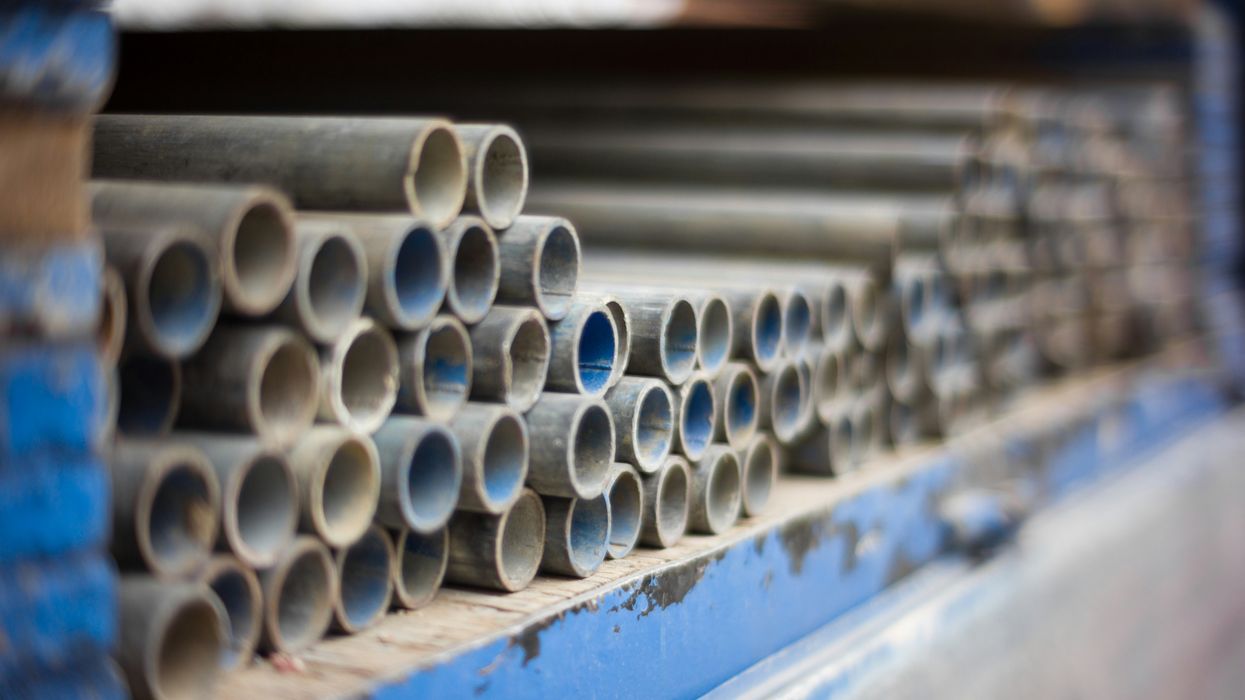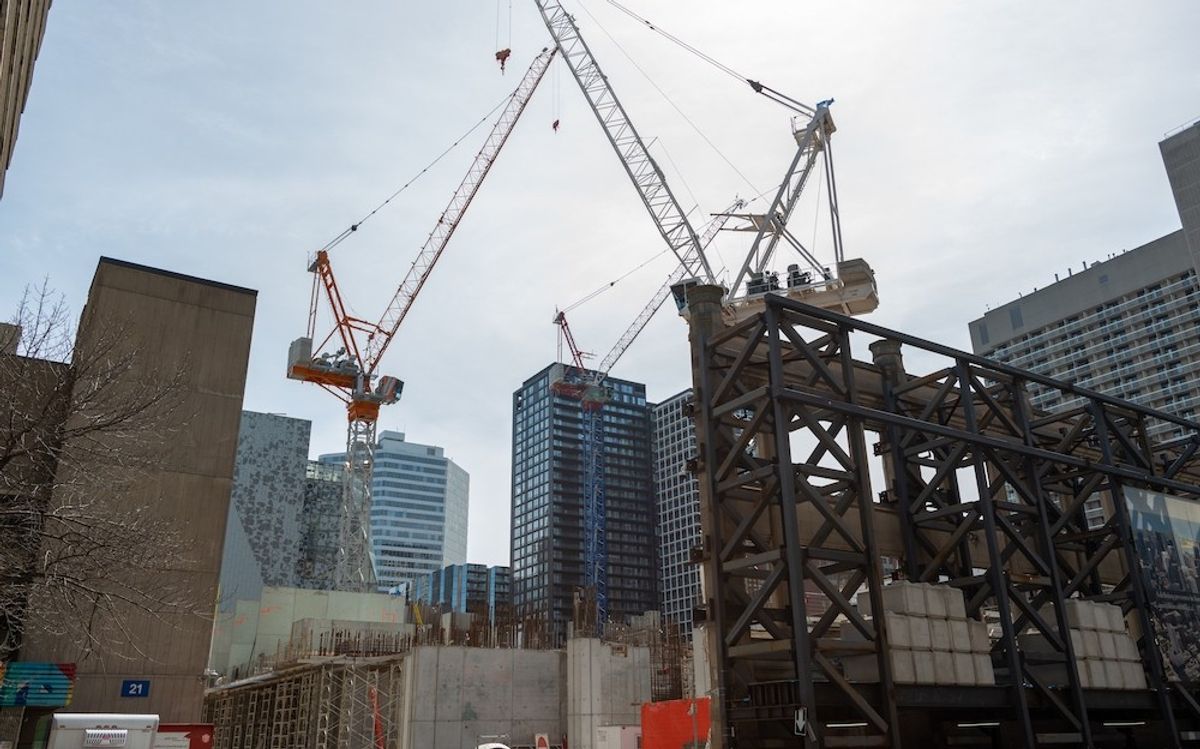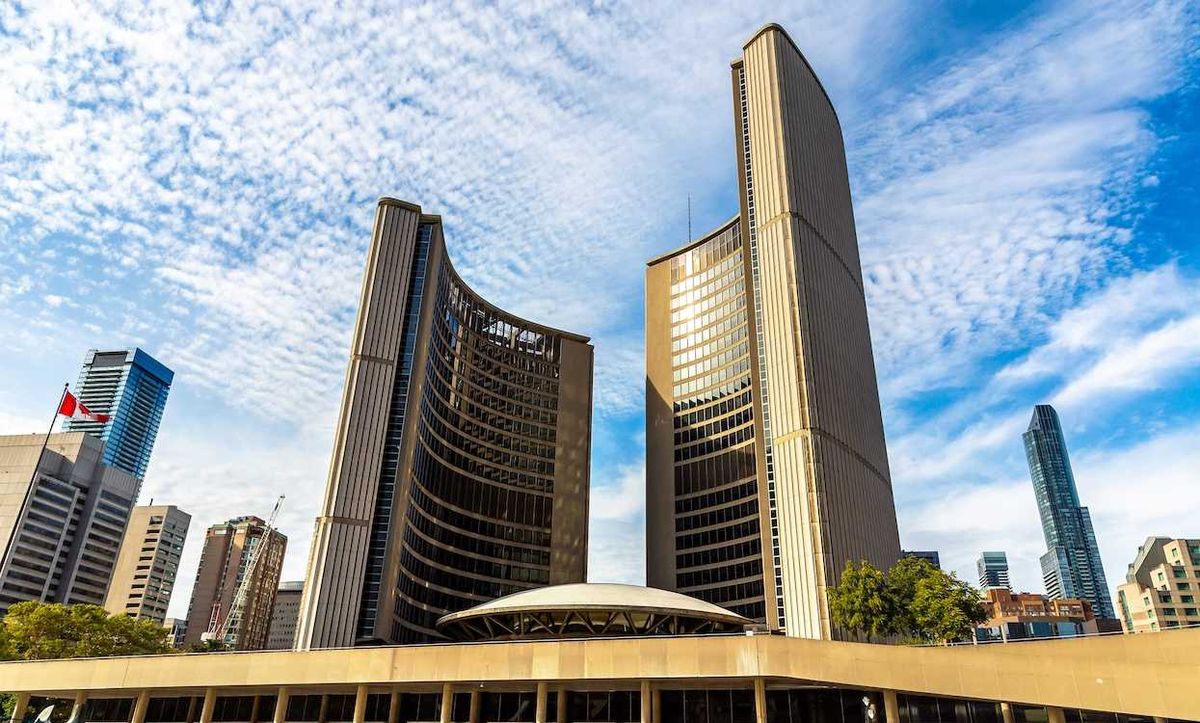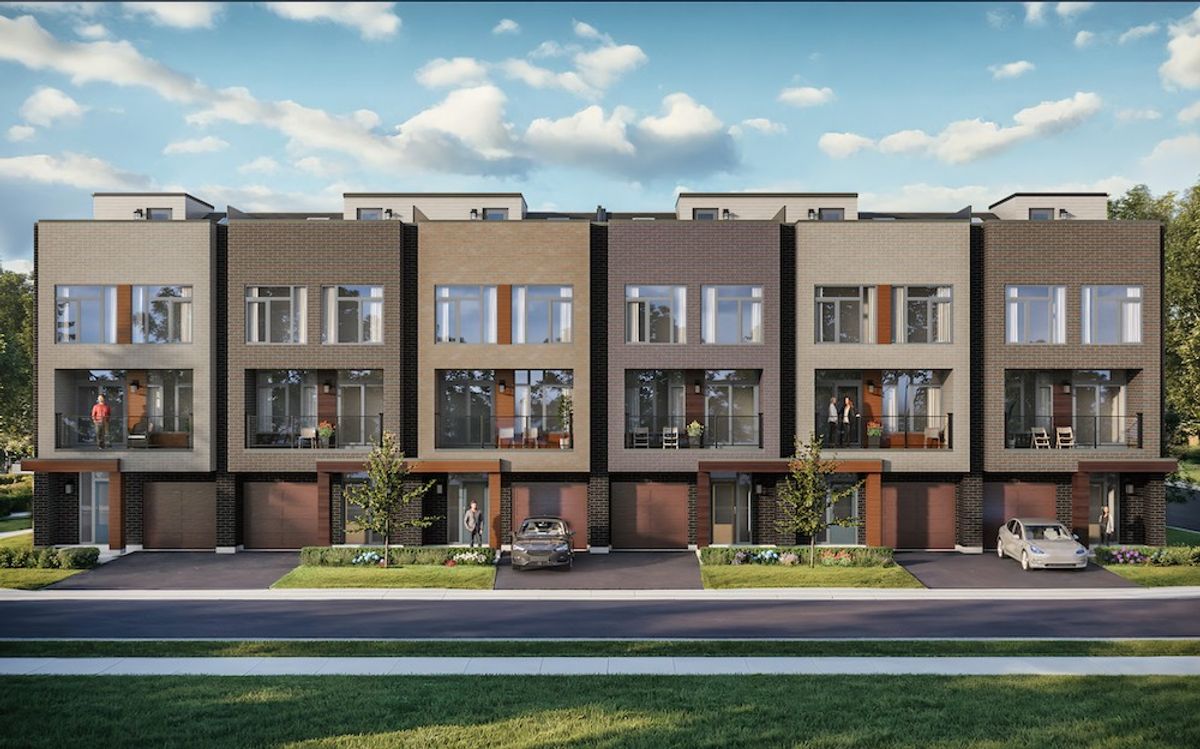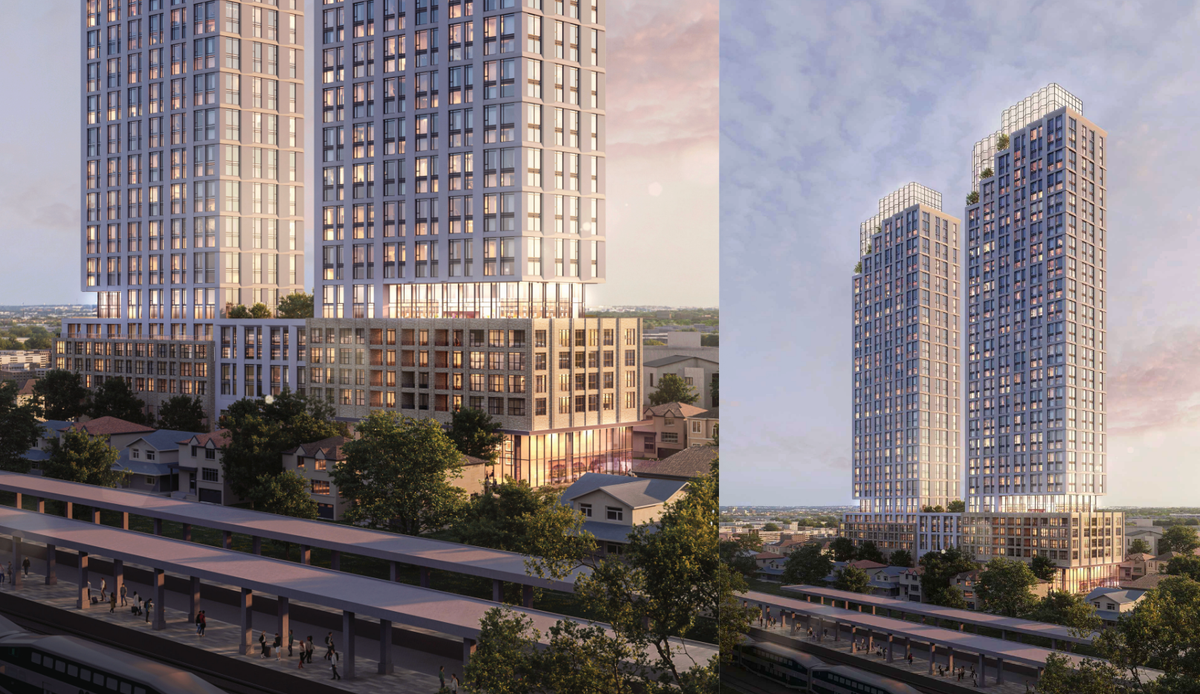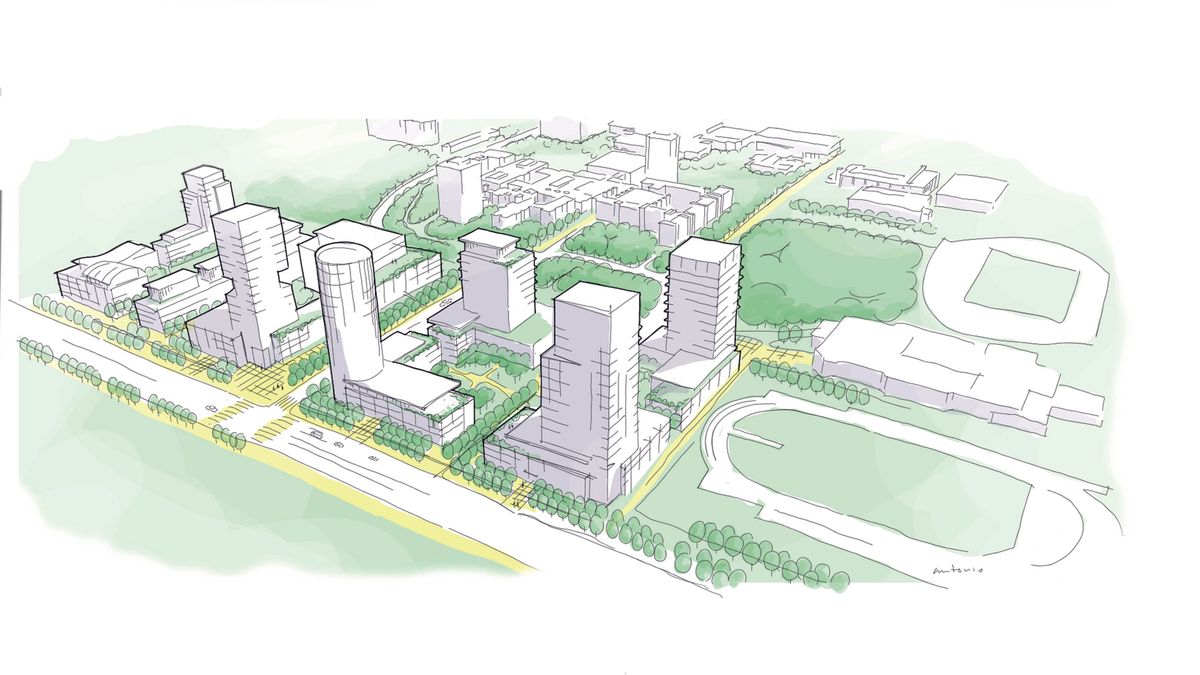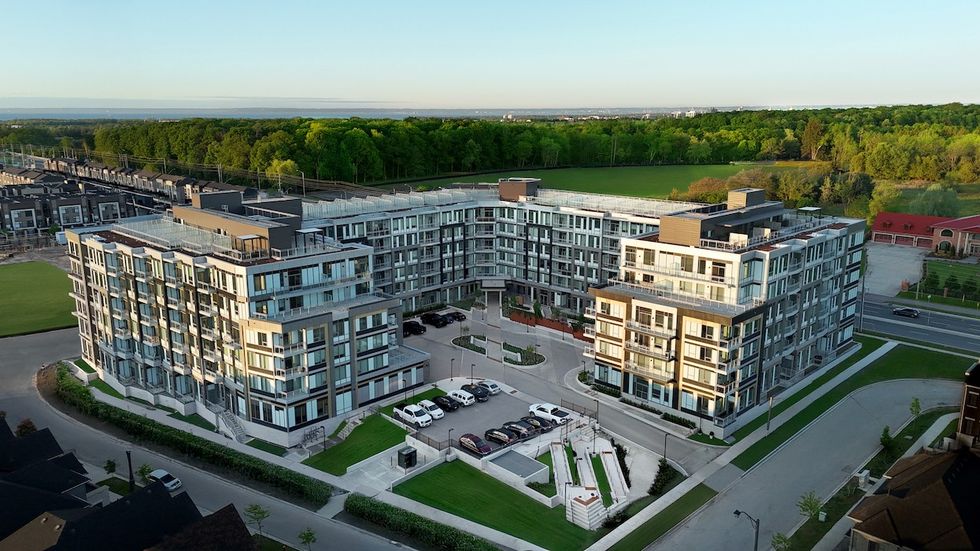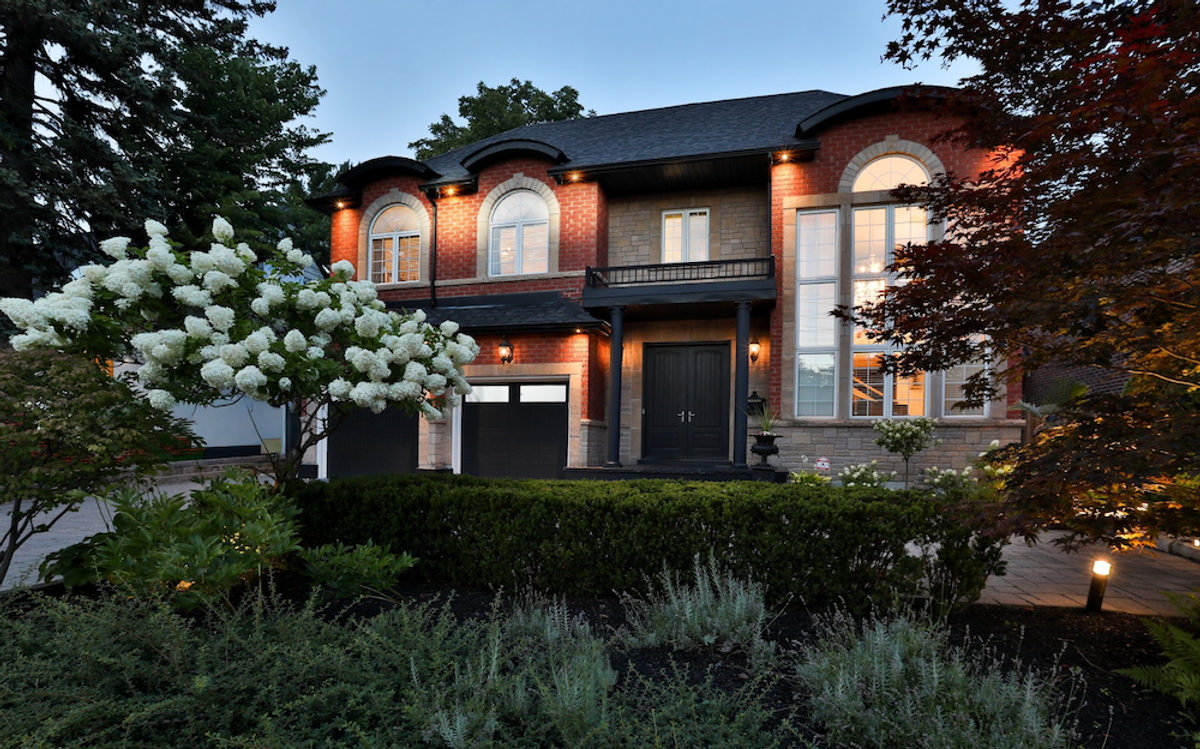The Ontario Home Builders’ Association (OHBA) says it will work with the province to minimize impacts of tariffs on residential construction after US President Donald Trump kicked Monday off by announcing his intent to reinstate tariffs on Canadian steel and aluminum.
The tariffs, which are set to come into effect on March 12, will include a 25% tariff on both building materials — an intensification of the respective 25% and 10% tariffs on steel and aluminum that were first introduced by Trump in June 2018, before being dropped the following May in the wake of a year-long tariff war between the two countries.
Similar to the looming 25% tariff on all Canadian goods, which has been delayed to also take effect in early March, tariffs on steel and aluminum exports could constitute a substantial knock to the already languid Canadian economy.
Unsurprisingly, Trump's order is setting off alarm bells across Ontario's steel and aluminum manufacturing industries. Canada is the largest exporter of these crucial materials to the US, and Ontario is at the heart of the nation's primary metal manufacturing, representing over half of the industry’s employment in Canada, according to the Federal Job Bank.
Even so, a Tuesday report from RBC points out that steel and aluminum together account for just about 0.5% of Canadian gross domestic product and jobs, and about 3% of Canadian exports.
But the real estate and development sectors in particular are intimately tied to these industries, and the potential for economic turmoil in those spheres has led Ontario homebuilders to fear residential construction will become "collateral damage," OHBA CEO Scott Andison tells STOREYS.
"This is a war, and when you have a war, no one wins," says Andison. "We're in the middle of a housing crisis right now, we've been working very hard with government [...] And we've been quite optimistic that we were starting to see a bit of light at the end of the tunnel, and then we have these trade tariffs slapped on us that are just going to lead to higher input costs and more families not being able to achieve home ownership."
On the other hand, RBC also points out that when similar tariffs were enacted in 2018, "US imports of steel products targeted with 25% tariffs actually rose, and the share coming from Europe, Canada, and Mexico increased slightly." Meanwhile, in Canada, "employment in steel and aluminum product industries rose by almost 4% in 2018 and another 6% in 2019."
But that was over five years (and a pandemic) ago, and a 25% tariff on these crucial building materials could have far-reaching consequences for Ontario builders.
Not only does the OHBA expect the tariffs to trigger an "economic slowdown" that would result in reduced investment in real estate and fewer housing starts in the midst of a housing crisis, but the very cost of construction materials could rise as well, further limiting housing affordability for Ontarians.
This is because despite the fact that tariffs will be paid by Americans, not Canadians, in the event that demand for Canadian steel and aluminum falls, production would slow and some plants may even shut down, reducing supply within Canada and driving up prices as a result.
"We see this in the lumber industry all the time, with mills," Andison explains. "When the demand for Canadian products decreases, costs, by nature, go up, and therefore those builders in Canada are going to be seeing higher prices for Canadian produced goods."
In fact, it's likely some housing projects have already been jeopardized by the threat of tariffs alone, as investment uncertainty rises. "There [are] projects that were on the drawing board and ready to proceed through the approvals process, and some of them have probably already been removed from the planning desk," says Andison.
RBC echoes this sentiment, highlighting the impact of tariffs on investment within the current economic context. "Canadian investment is in a substantially worse shape now than it was [in 2018/19] after being hit by a global pandemic, followed by an underperforming economy over the last two years," says the report. "Weaker business investment threatens to extend a long run of productivity underperformance, and ultimately, weaker Canadian worker wages compared to other parts of the world."
On top of that, the tariffs would likely result in a further weakening of the Canadian dollar, driving costs even higher, while counter-tariffs would only add another layer of costs.
In aim of mitigating the economic impact of these tariffs on Ontario builders, the OHBA plans to work with governments to shield residential construction from their effects, keeping business viable for builders and keeping housing prices down for Ontarians.
Andison says this protection could take a number of forms, including stimulus packages from the province, the exclusion of housing supply chain products from counter-tariffs, and continuing to push for policy changes that reduce the cost to build. If it's deemed a viable solution, OHBA is also prepared to work with governments on locating other sources of steel and aluminum both within Canada and abroad.
Still, in a press release following Trump's announcement, the OHBA stressed that while the association will take action to protect builders, these tariffs are likely to hit builders hard if enacted.
"OHBA will look to work with the provincial government to minimize the impact of these tariffs on the residential construction industry," says the release. "However, between the risk of a downturn, increased costs of construction materials, and currency risk — the potential exists for the impact of these tariffs on housing to be devastating."
- "Chaos And Higher Prices": Building Industry Sounds Off On Trump's Tariffs ›
- Housing Development Expected To Pause If Tariff Threat Turns Into Trade War ›
- How Trump's Tariffs Could Impact Canadian Real Estate ›
- In Ontario, Who Has To Shovel Snow: The Tenant Or Landlord? ›
- What Trumps' Tariffs Could Mean For Interest Rates And Housing ›
- Trump To Double Tariffs On Canadian Steel, Aluminum Imports ›
